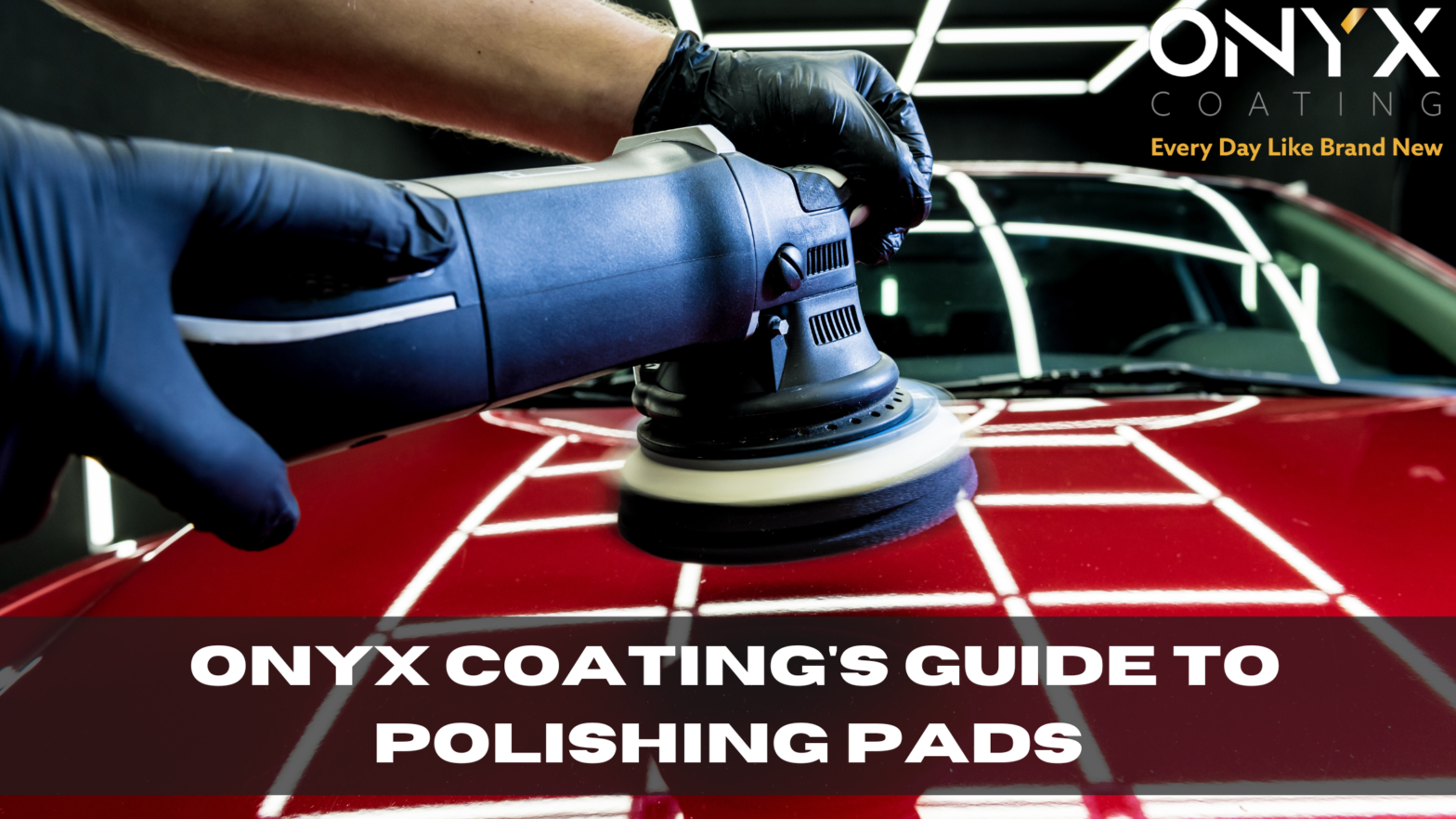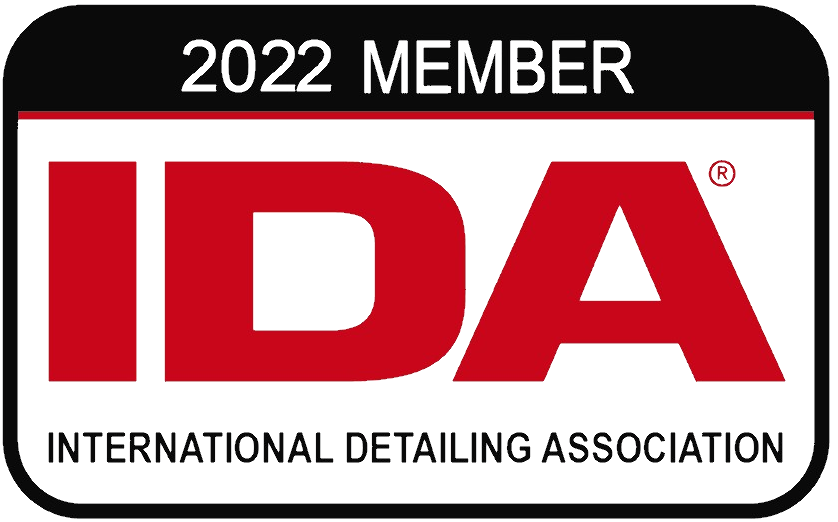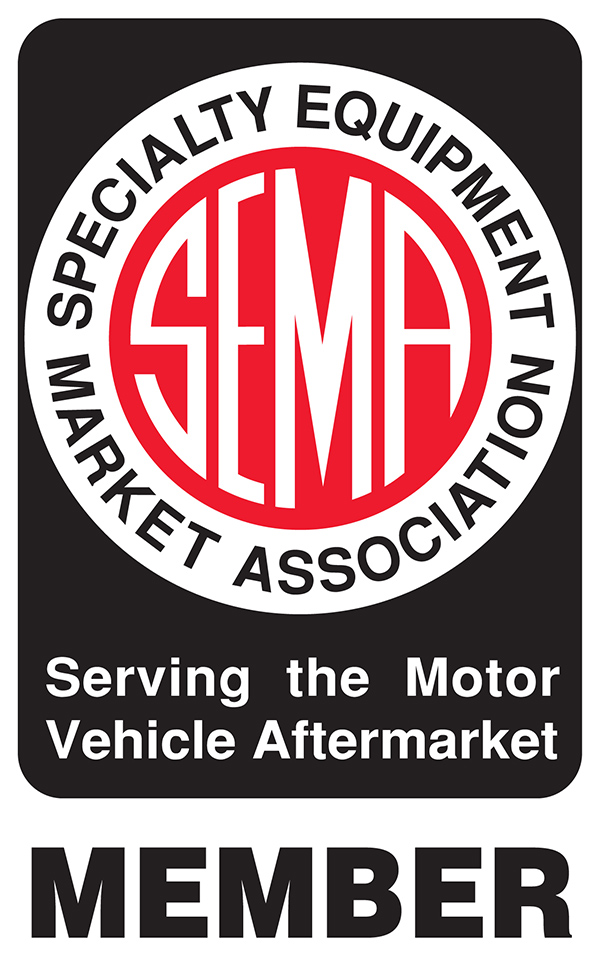The 3-step ultimate guide to polishing pad every detailer needs

In this guide for polishing pads, we have come up with a list of what they are, which ones are used, and why. Polishing a car’s exterior can come with some difficulties when comes down to the types of equipment, tools, pads, and products that are used for the process, this is exactly why we wanted to clear all this information up with this guide that breaks everything you need to know into about polishing pads.
What is in the ONYX COATING guide to polishing pads?
- What is a polishing pad?
- The types of polishing pads that exist
- The differences between the various polishing pads
It’s important to know which pad to use as this saves you time, and money, and prevents any mistakes that could be made. Choosing the correct pad is like choosing the right assistant, it will assist you effortlessly in the polishing process, and make your job a lot easier. So, let’s dig into the differences between hand and machine polishing pads.
What is a polishing pad?
This generally refers to a machine polishing pad and among the most common is a foam pad that is used for paint correction and refinement. However, there are also foam and microfibre pads as well as applicators that are used for hand polishing. For scratch and damage removal detailers generally use machine polishing pads as they are less time-consuming.
Through friction, polishing pads work by grinding down the surface to the affected area, and with the assistance of other products, this surface is then polished leaving it scratch and damage free.
Lighter foam pads are used for paint refinement and finishing, meanwhile, the harder and denser the foam pads cause more abrasion and have more surface contact, therefore faster for removing defects but can leave behind defects that need to be corrected.
Breaking down polishing pads into size and materials
There are three types of polishing pads: Foam, microfibre, and wool.
Foam pads:
Foam pads are used for tackling different processes from cutting to refining and finishing. If the paint doesn’t show extreme or significant damage, foam pads are the way to go for cutting medium to light defects. These are the most popular as they have a varied level of cut and help take care of all the most crucial stages of final paint refinement.
Microfibre and wool pads:
Microfibre and wool are used for heavy cutting and spot removal. They are non-abrasive but they are aggressive. Compared to foam pads, these types of pads have natural and synthetic fibers that have a much more increased surface area. This increases heat which helps to cut away more of the clearcoat and paint, removing these surface layers at a faster pace.
Wools pads are the most aggressive types of polishing pads and are used mostly for rotary polishers. This type of pad will cut through the heaviest defects, however, it will leave behind a surface that requires more refinement as it causes abrasions and holograms.
Microfibre pads are less aggressive but will cut through the heavier defects while leaving behind tiny micro scratches and cloudy sufrace that will need to be further refined until it is flawless.
Polishing pad sizes:
In terms of sizes, the most common polishing pad sizes are 5-inch, 3-inch, and 1-inch.
Polishing pads work via friction and work hand-in-hand with polishing products.
In our next blog article, we will dig into the exact products that assist in the polishing process so stay tuned!



















